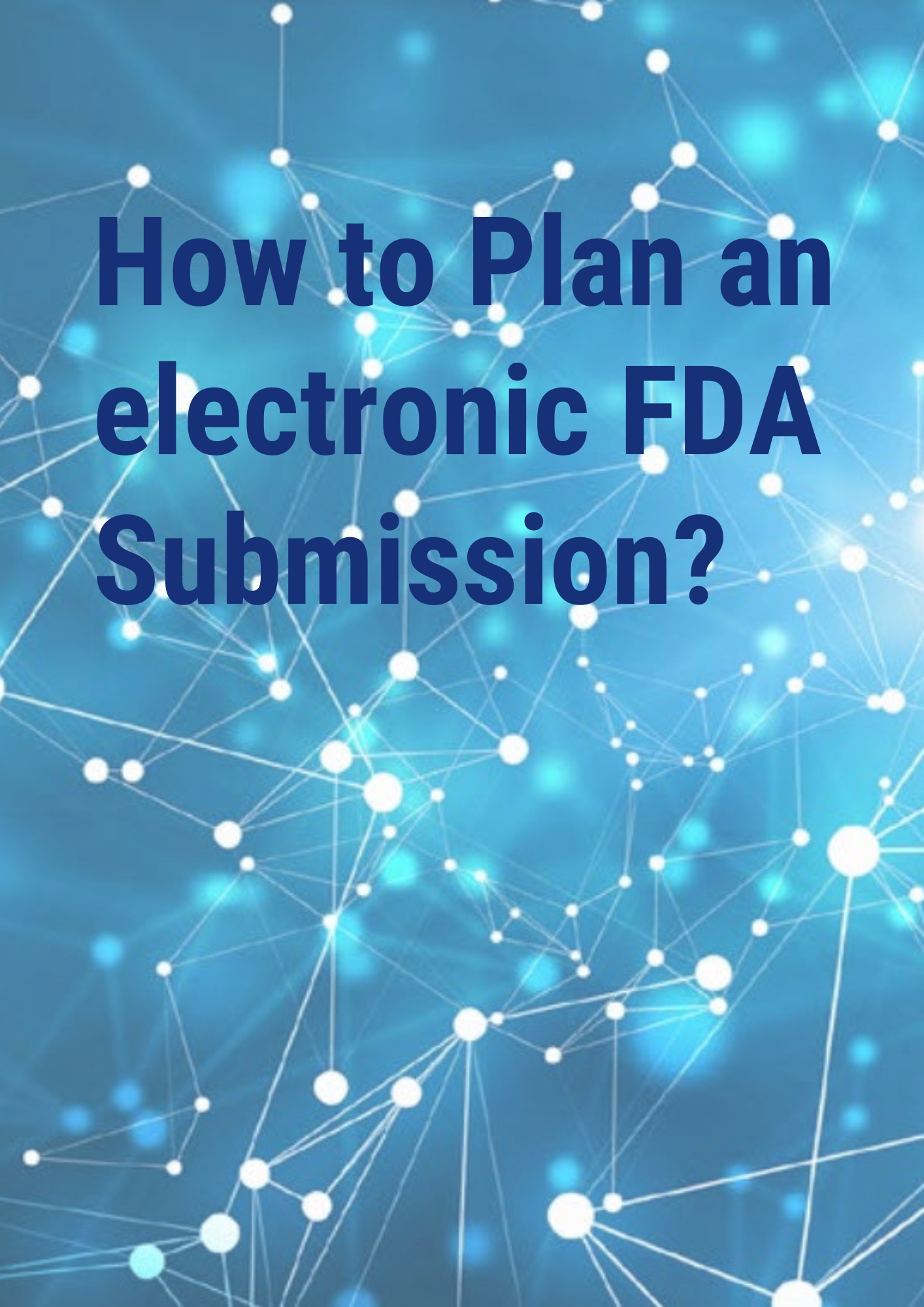Adrian Javaherian
Planning an FDA submission can be performed most effectively when you know which information the FDA expects from you as the legal manufacturer. First you have to know which regulatory pathway is most relevant for your medical device (i.e., 510(k), De Novo, or PMA), based on the risk classification of your device and the presence of a predicate device to which substantial equivalence can be shown. If you determined that the 510(k) pathway is the most appropriate, then you have to determine whether the Traditional, Abbreviated, or Special pathway is relevant. Once you have decided on a final regulatory pathway approach, then I recommend starting to document the planning process. The new electronic Submission Template and Resource (eSTAR) interactive PDF form not only automates the FDA submission process, but it also serves as a comprehensive guide for the planning process.
It is important to note that column #1 above should be taken directly from the eSTAR template as this template provides clear and detailed information on what exactly is required to submit for each category (e.g., administrative, list of standards, device description, indications for use, etc.). Once all the required documents have been finalized and compiled, then a designated individual in the company can populate the eSTAR form and electronically submit the form upon completion. For guidance on utilizing the eSTAR submission process, the FDA website has very clear and detailed instructions as well as Guidance documents on the eSTAR submission process.
Following submission of the eSTAR form, if the FDA responds with a list of deficiencies, then you should follow a similar planning process as above in order to address each deficiency. To resolve any questions (before or after regulatory submission), you may want to utilize the Q-Submission process for direct interactions with the FDA. Before submission, during the planning stage, this interaction may entail a Pre-Submission Meeting. Following submission, if there are deficiencies to resolve, then a Submission Issue Request (SIR) may be required. The FDA website also has a helpful Guidance document on the Q-Submission Program.
Once your medical device has been granted clearance or approval, then there are several other regulatory processes which need to be fulfilled before you can finally place your device on the US market. These processes include establishment registration(s), fee payment(s), device listing, U.S. Agent designation, Initial Importer registration, and GUDID registration.
Before you start the planning processes mentioned above, it is highly recommended that you incorporate all these regulatory processes in your higher level gantt document, in addition to other required medical device development processes, including verification and validation, manufacturing validation, and transfer-to-production processes.
Hamada provides comprehensive support to companies for all stages of the FDA submission process, from the planning to the submission to the post-submission phases, including establishment and device registration and GUDID registration. Support for planning includes both higher level support in planning all related QA, RA, and clinical activities as well as more detailed planning of the FDA regulatory submission process.


